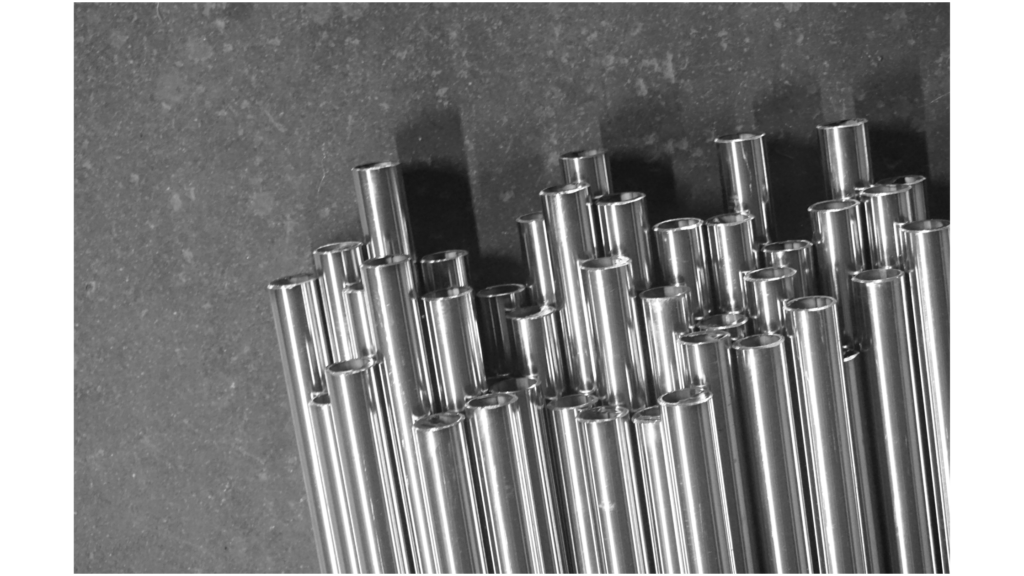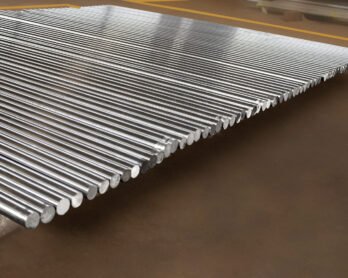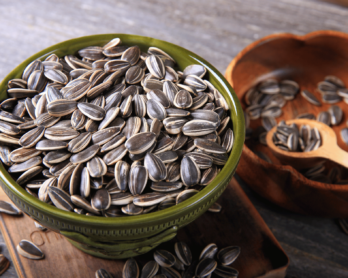Introduction to Drive Shafts
Types of Drive Shafts
Functions and Importance
Drive Shaft Components
Maintenance and Care
Advancements in Drive Shaft Technology
Conclusion
The road to automotive innovation in India is paved with countless components, each playing a pivotal role in ensuring a smooth and safe journey. Among these components, drive shafts take center stage, linking the engine to the wheels and facilitating motion. As drive shafts are integral to the functioning of vehicles, it’s essential to understand their significance, types, maintenance and Advancements in Drive Shaft Technology in India.
1. Introduction to Drive Shafts
Drive shafts are mechanical devices that transmit torque and rotation from the engine to the wheels of a vehicle. They form a critical part of the drivetrain system, ensuring that the power generated by the engine is effectively delivered to the wheels, propelling the vehicle forward.
2. Types of Drive Shafts
Drive shafts come in various types, each designed for specific vehicle configurations and applications:
- Solid Drive Shafts: These are one-piece drive shafts typically used in rear-wheel-drive vehicles. Solid drive shafts are known for their durability and simplicity.
- Hollow Tube Drive Shafts: Commonly found in front-wheel-drive and all-wheel-drive vehicles, hollow tube drive shafts are lighter and offer improved fuel efficiency.
- Constant Velocity (CV) Joints: CV joints allow for flexible rotation and are often used in front-wheel-drive vehicles to accommodate the steering angles.
- Two-Piece Drive Shafts: These are used in larger vehicles and trucks to span the longer distances between the transmission and the rear axle.
3. Functions and Importance
Drive shafts serve several crucial functions in an automobile:
- Power Transmission: They transmit power from the engine to the wheels, enabling the vehicle to move.
- Maintain Proper Alignment: Drive shafts help maintain the correct alignment of the wheels, ensuring stable handling and steering.
- Absorb Vibration: They absorb and reduce vibrations, ensuring a smoother and quieter ride.
- Adapt to Changing Road Conditions: Drive shafts adapt to various road conditions, providing constant power delivery, whether you’re driving on a smooth highway or rough terrain.
4. Drive Shaft Components
To understand drive shafts fully, it’s essential to know their main components:
- Tube: The main body of the drive shaft is typically made of steel or aluminum, providing structural integrity and support.
- Yoke: Yokes are the end pieces of the drive shaft that connect to the transmission and the differential.
- Universal Joints: Universal joints allow the drive shaft to flex and adapt to changes in angle and distance, ensuring constant power transfer.
- Balancing Weights: To prevent vibrations and ensure a smooth ride, drive shafts often have strategically placed balancing weights.
5. Maintenance and Care
Proper maintenance of drive shafts is crucial for the safety and longevity of your vehicle:
- Regular Inspections: Check for signs of wear and tear, including rust, dents, or loose components.
- Lubrication: Ensure that universal joints and yokes are adequately lubricated to prevent friction and wear.
- Balancing: If you notice vibrations while driving, have your drive shaft’s balancing checked and adjusted if necessary.
- Alignment: Keep your vehicle’s wheels properly aligned to reduce strain on the drive shaft.
- Replacement: When signs of damage or wear become evident, don’t delay in replacing the drive shaft to prevent accidents and further damage.
6. Advancements in Drive Shaft Technology
In recent years, drive shaft technology has seen significant advancements, driven by the need for improved fuel efficiency, reduced emissions, and enhanced performance. These innovations have made their way into the Indian automotive market, benefiting both manufacturers and consumers:
- Lightweight Materials: Manufacturers are increasingly using lightweight materials like carbon fiber and high-strength alloys in drive shaft construction. This reduces the overall weight of the vehicle, improving fuel economy and handling.
- Balancing Technology: Advanced computerized balancing techniques ensure that drive shafts are perfectly balanced, minimizing vibrations and enhancing ride comfort.
- Constant Velocity Joints: CV joints have evolved with the introduction of more efficient designs, reducing friction and power loss while accommodating greater steering angles. This innovation is particularly beneficial in front-wheel-drive and all-wheel-drive vehicles.
- Improved Sealing: Enhanced sealing technology prevents the ingress of moisture and contaminants, prolonging the life of drive shaft components.
- Customization: Drive shaft manufacturers in India now offer customization options, allowing customers to choose drive shafts tailored to their specific vehicle requirements.
7. Conclusion
Drive shafts are the unsung heroes of the automotive world, quietly ensuring that vehicles run smoothly and efficiently. As India continues to make strides in the automotive industry, understanding the role and importance of drive shafts is essential. Additionally, when sourcing drive shafts, you can confidently turn to the top drive shaft manufacturers in India, knowing that they provide products of the highest quality, contributing to the nation’s automotive excellence. So, the next time you hit the road, remember that beneath the surface lies the robust drive shaft, driving you toward your destination.















